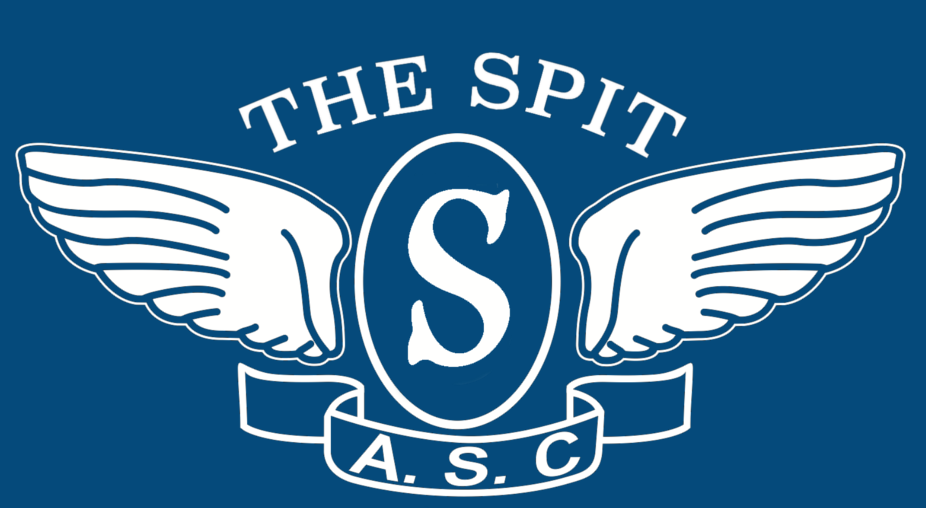Future-oriented innovations are a range of methods, products and businesses that enhance people’s lives. They can transform a wide range of groupsings such as healthcare and space technology or enhance the competitiveness of an enterprise. In order to develop them, you need collaboration between different high tech technique stakeholders as well as a sophisticated analysis of the present challenges and options. It also necessitates key epistemic transparency and the willingness to listen for guidance from the future.
One way to nurture this mindset of a futurist is to create a sensemaking construction that links concrete decisions and actions with knowledge of the potential for future events. This is commonly called phronesis and it can enhance the power of a company’s creative thinking. Employees with a long-term perspective are less likely than those with a less long-term perspective to quit their job.
Incorporating disruptive technology and innovation into the curriculum can help educational institutions encourage students to adopt a futuristic mindset. This includes offering specialized courses that study emerging technologies, projects that are practical and real-world case studies.
This is a crucial step to prepare students for the rapidly changing world. It also helps students develop an entrepreneurial mindset by encouraging creativity and creative thinking. Disruptive technology can be employed in the classroom by incorporating innovative teaching techniques such as virtual reality, digital platforms and AI-powered tools in order to stimulate students and create a more active learning environment. These tools can also motivate students to seek out innovative solutions for societal problems.
